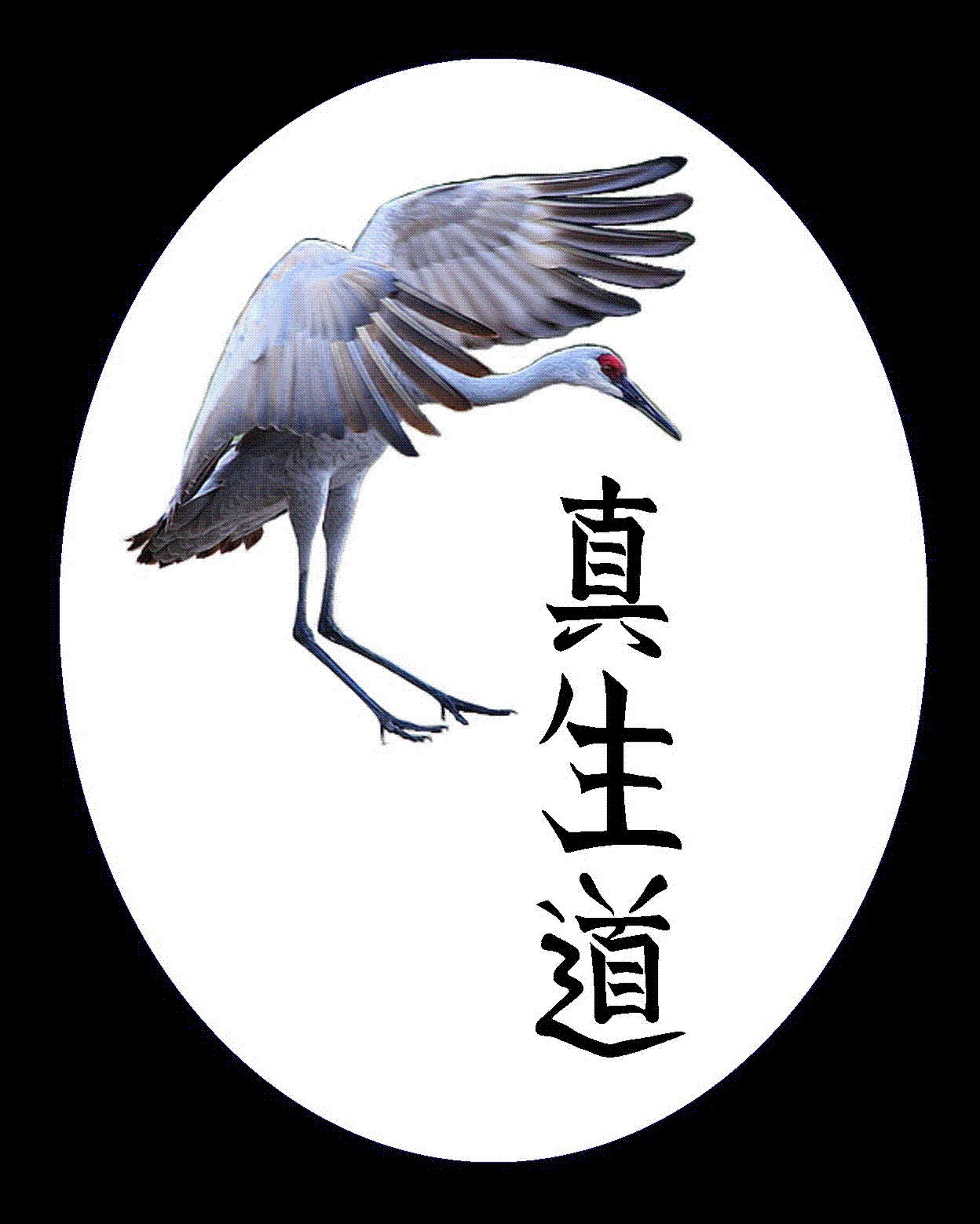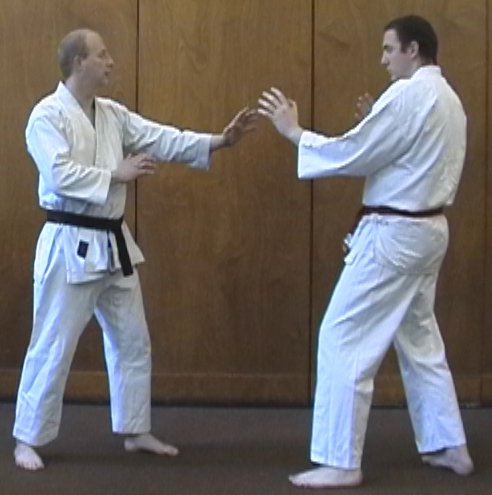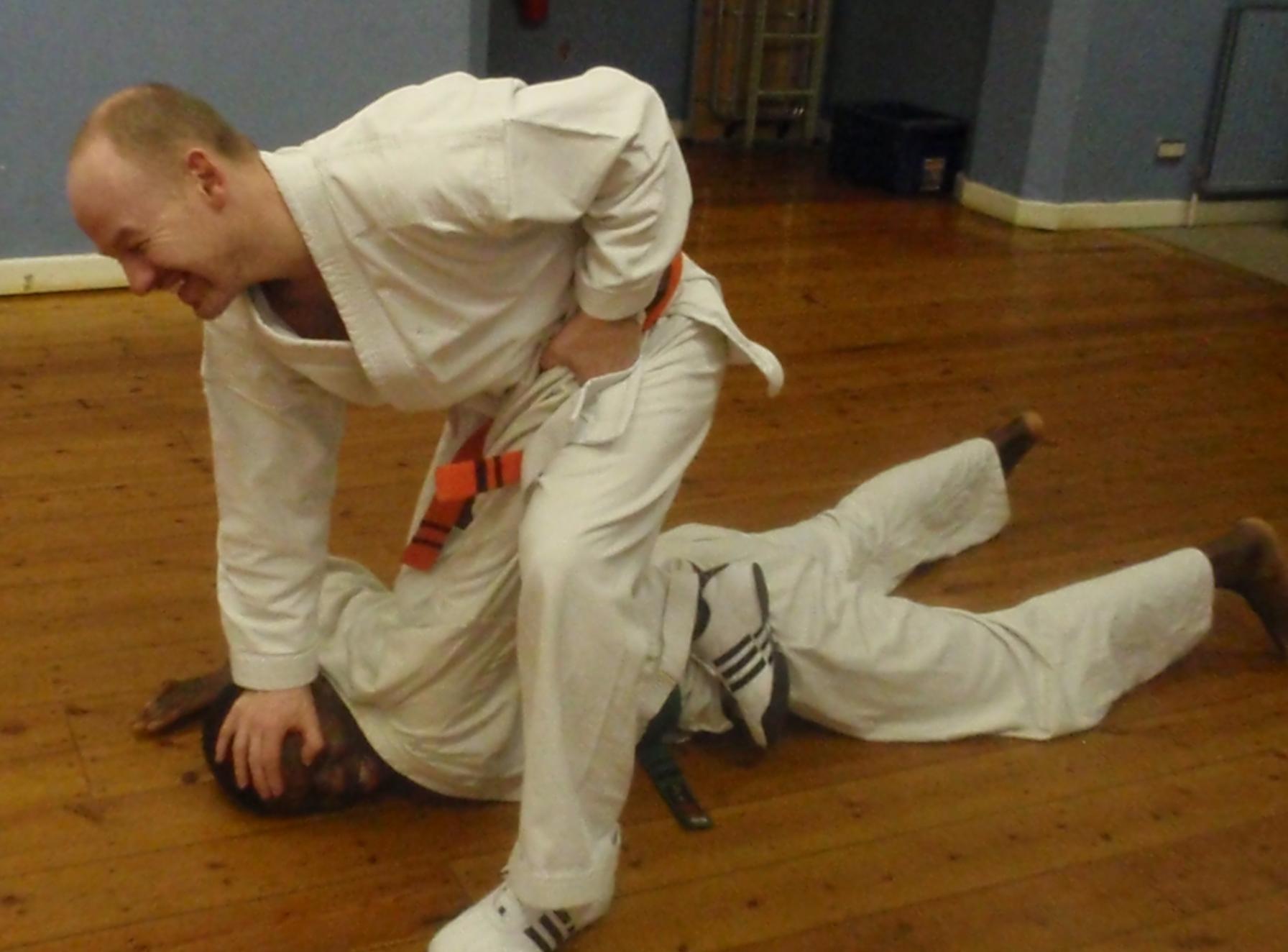
![]()
![]()

Headingley Karate
|
|
|
Fighting Distance
An important principle of combat is control the distance between you and the assailant.
This applies not only during the physical phase of a confrontation but also before and after the physical phase.
The different distances or 'ranges' can be defined in different ways but the definitions we find most useful are those from Brazilian Ju-jitsu.
Here, range is broken down into three simple categories:
- Free movement phase - neither person is in contact with the other.
- Clinch phase - physical contact is being maintained, eg. with a grab of some sort (this does not just involve the ‘clinches’ of mixed martial art competitions, a simple wrist grab also qualifies as a ‘clinch’ by this definition).
- Groundwork phase - physical contact is being maintained and one or both persons are laying/sitting on the ground.
How we use these ranges in Shinseido
| This phase is the most dangerous as it is the most difficult in which to control the assailant’s movements. Therefore we do not want to stay here. Before an assault has begun we are already in the free movement phase. We attempt to use body language (voice, posture and gesture) to calm the assailant and prevent the physical assault from happening in the first place). Once the physical assault has begun however, we will attempt to move immediately to the Clinch phase. The postures and gestures used in the Free Movement phase will help us to successfully make this transition. |

|
ClinchIn Shinseido training we attempt to make most use of the Clinch phase. In this phase we can, with practice, better control the assailant's movements and therefore increase our chances of surviving unharmed. Here we can employ the principles of sticking and unbalancing to negate the assault. |

|
GroundworkIdeally the only way in which we become involved in groundwork is when we've thrown or knocked an assailant to the ground and can apply a joint-lock in order to 'pin' them (ie. restrain and immobilise) on the ground. At this stage we should still try to stay on our feet, or at least in a position from which it is easy to rise and deal with a new assailant, should that be necessary. However, things don't always go to plan, so we acknowledge the need to have some skills in striking and grappling on the ground and even defending against a standing assailant whilst we are on the ground. |

|